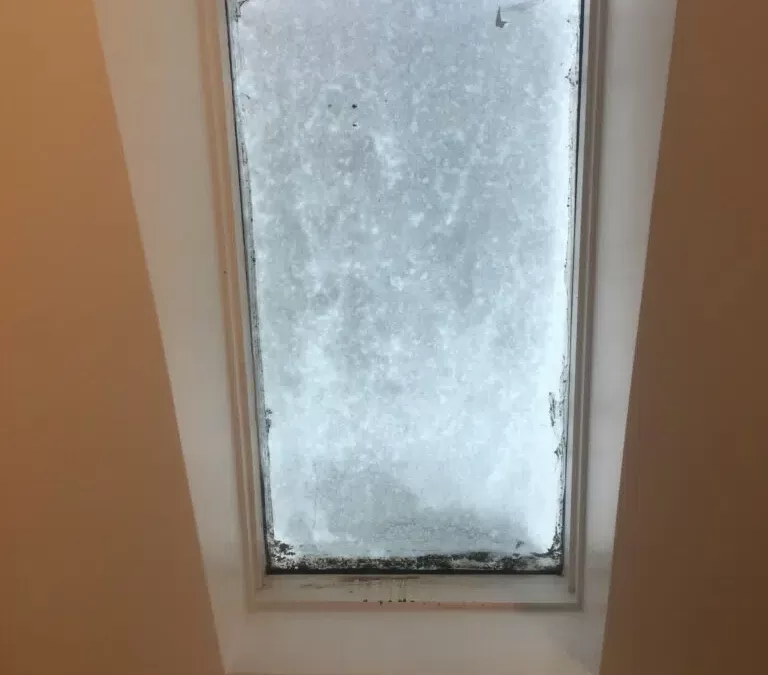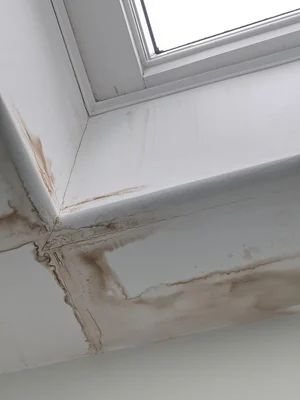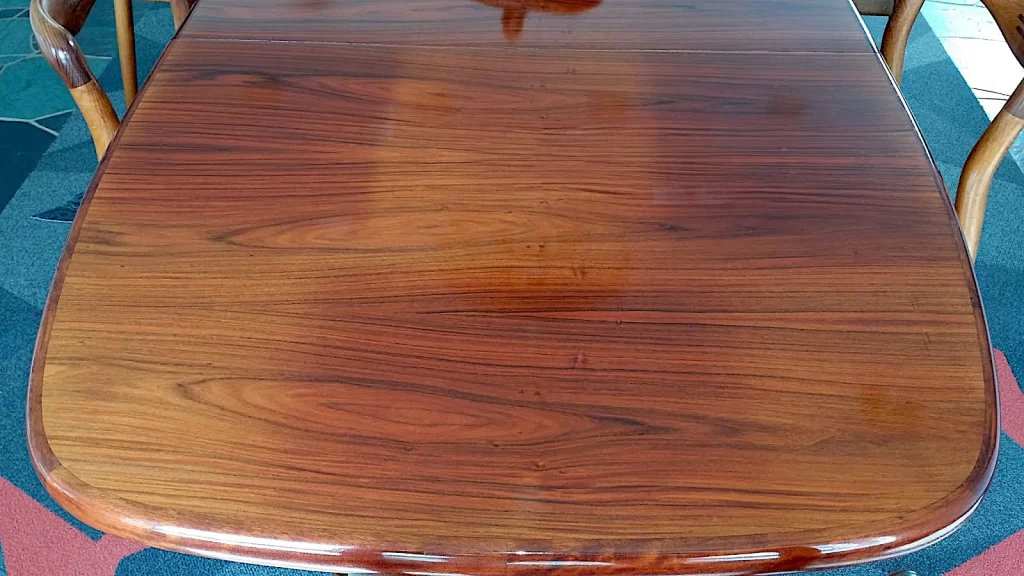Last Updated on July 21, 2025 by Solar Whiz Lights
Skylights are a great way to bring natural light into a room and can brighten even the darkest days of winter. However, they can also have a dark side. If you’re not aware of the potential problems that come with incorporating these roof windows into a home, you can end up with high energy bills, rooms that are unusable at certain times of the year, or expensive repairs due to moisture problems.
Pros of Installing Skylights in Your Home
- Natural Daylight
One of the primary advantages of traditional skylights is their ability to flood indoor spaces with natural daylight. The strategic placement of skylights in residential or commercial buildings can significantly reduce the need for artificial lighting during daytime hours. This not only creates a more comfortable and inviting environment but also helps to improve the mood of the building’s occupants.
Natural daylight is known to be incredibly important for human health and happiness. It helps us regulate our circadian rhythm, stabilise and improve our mood, as well as providing us with many other benefits.
- Aesthetic Appeal
Traditional skylights can enhance the aesthetic appeal of interior spaces. They introduce a unique design element that can transform the atmosphere of a room, making it feel more open, vibrant, and connected to the outdoors. Skylights can be incorporated in various shapes and sizes, offering flexibility in design to suit different architectural styles. Their presence can add character to both modern and traditional spaces, making them an attractive feature for homeowners and designers alike.
Cons of Skylights: What to Watch Out For
Although traditional skylights are undoubtedly impressive features with some great advantages, they also have significant disadvantages and trade-offs. Some of the drawbacks of skylights include:
- Heat-trapping and heat gain in summer
- Heat loss in winter
- Fading Furniture
- Risk of roof leaks
Let’s break these down further:
Skylights and Summer Heat: Greenhouse Effect Risks
Skylight Heat Loss in Winter: What You Should Know
A skylight can cause significant heat loss during winter because glass surfaces are not as efficient at insulating against the cold as walls, ceilings, or floors. This can lead to warmth escaping from the room through the skylight, making it harder to maintain a comfortable indoor temperature.
Fading Furniture
Natural sunlight contains ultraviolet (UV) rays that can fade and damage furnishings, flooring, artwork, and fabrics over time, requiring additional measures to protect valuable items.
Risk of Roof Leaks
Poor installation or aging materials can lead to water leakage during heavy rain or snow, potentially causing water damage to the interior and necessitating maintenance or repairs.
Are Skylights Worth It in Australia’s Climate?
Australia’s climate varies greatly—from hot, dry summers to chilly winters, depending on your location. This makes skylight performance heavily dependent on proper installation, orientation, and material choice.
In hot regions, such as much of inland NSW or WA, skylights can significantly increase heat load inside homes, driving up cooling costs. In cooler southern regions, they may cause heat loss in winter, especially if not double-glazed or shaded.
Tip: To get the most out of a skylight in Australia, placement and insulation matter just as much as aesthetics. But if you want a simpler solution, solar-powered lighting systems like Solar Whiz Lights offer controlled daylight simulation without the risk of heat gain or loss.
Common Skylight Problems Shared by Homeowners
From industry experience and homeowner reports, some of the most frequent complaints about traditional skylights include:
-
Condensation build-up leading to water stains or mould
-
Difficulty regulating brightness—either too dark or overwhelmingly bright
-
Noise during storms or hail
-
Cracking or damage over time from UV exposure and temperature extremes
-
Leaks around seals, especially after 5–10 years
These issues are often expensive and inconvenient to fix, prompting many homeowners to seek safer skylight alternatives like solar-powered lighting systems.
Real Case Study: Solar Whiz Lights vs Traditional Skylights
One Sydney homeowner removed their two ageing skylights after constant leaking and glare issues. They replaced them with Solar Whiz Lights in the kitchen and hallway. The result?
-
Better light control (with a dimmer installed)
-
No risk of water damage during storms
-
Improved insulation in winter
-
Zero heat gain during summer
“It looks like daylight, but without the problems of our old skylights,” they reported.
Looking for a Skylight Alternative? Try Solar Whiz Lights
Solar skylights like the Solar Whiz Lights offer a clever and innovative alternative to conventional skylights by harnessing solar energy to provide illumination while minimising energy consumption. Unlike traditional skylights that rely solely on natural light, solar skylights integrate solar technology to enhance their functionality. These skylights consist of photovoltaic panels that capture sunlight and convert it into electricity, which is then used to power built-in LED lighting systems. This unique combination allows for consistent and efficient lighting even during cloudy days or nighttime.
Solar Whiz Lights can be used to mimic the activity of a traditional skylight, brightening and dimming with the available sunlight. This allows you to enjoy the feeling of natural daylighting in your home without the disadvantages discussed above!
Final Thoughts: Are Skylights Worth It?
Although skylights can certainly enhance a home’s ambience by introducing additional natural light, the risks associated with installing them can often outweigh the advantages. Solar Whiz Lights offers a powerful and effective alternative to traditional skylights that aims to provide the feeling of natural daylight and the benefits of a roof window without the drawbacks of poor temperature regulation, UV damage and leaking.
Quote Request
General Enquiry
New Dealer Form
Frequently Asked Questions
Do skylights increase energy bills in Australia?
Yes, skylights increase energy bills in Australia. If not properly insulated or shaded, skylights can raise indoor temperatures and cooling costs.
Can I get natural light without a traditional skylight?
Yes. Products like Solar Whiz Lights use solar energy to simulate daylight indoors without heat or UV risks.
Are solar skylights better than traditional skylights?
In many cases, yes, solar skylights better than traditional skylights especially when you need flexibility, energy savings, and protection from leaks or fading.








